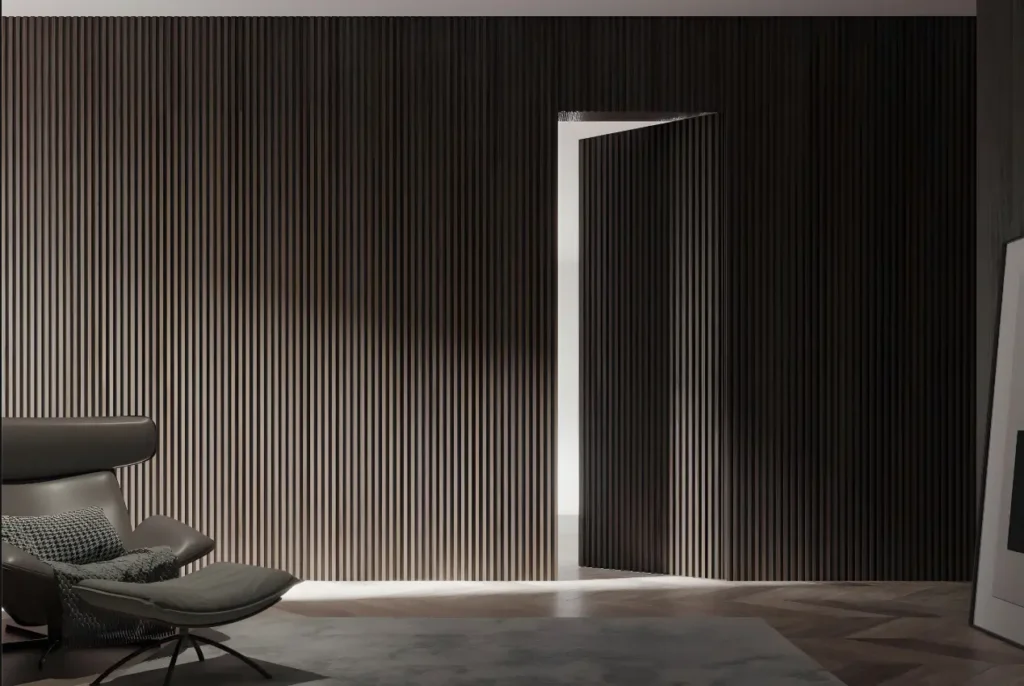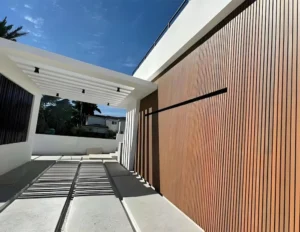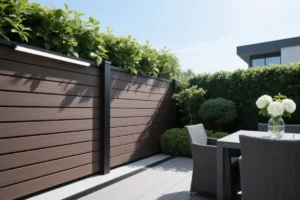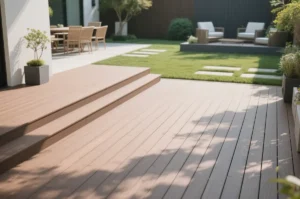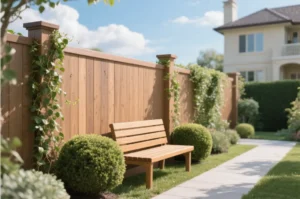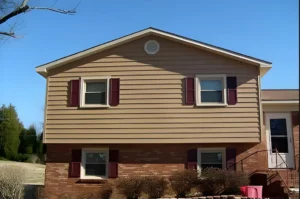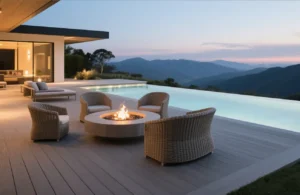Introduction: Why Wall Panels Are Revolutionizing Interior Design
The construction and interior design industries are undergoing a massive transformation. Homeowners, architects, and commercial developers now demand faster, smarter, and more sustainable wall solutions. Traditional wall finishes like paint, wallpaper, and tiles are being replaced by integrated wall panels—a cutting-edge alternative that combines aesthetics, functionality, and eco-friendliness.
Wall panels are not just a trend; they represent the future of interior surfaces. These prefabricated modular systems deliver seamless installation, superior durability, and stunning visual appeal. Whether for homes, offices, hotels, or healthcare facilities, wall panels provide unmatched versatility.
This 2,000-word guide explores everything you need to know about modern wall panels, including:
✅ What are wall panels? – Definition & core components
✅ Types of wall panels – Stone-plastic, bamboo-wood fiber, aluminum alloy & more
✅ Top benefits of wall panels – Durability, eco-friendliness, soundproofing & cost savings
✅ Key considerations before installation – Cost, design flexibility, maintenance
✅ Best applications for wall panels – Residential, commercial & institutional uses
By the end, you’ll understand why wall panels are the best choice for modern interiors.
1. What Are Wall Panels? The Complete Breakdown
Definition: What Makes Wall Panels Unique?
Wall panels are pre-engineered modular systems designed for quick and efficient installation. Unlike traditional wall coverings, they integrate multiple functional layers into a single unit:
✔ Decorative Surface – High-definition finishes (wood, stone, marble, or custom designs)
✔ Structural Substrate – Durable core materials (PVC, aluminum, or fiber-reinforced composites)
✔ Functional Layer – Optional thermal insulation, soundproofing, or fire resistance
✔ Fastening System – Hidden clips or interlocking mechanisms for seamless assembly
How Are Wall Panels Installed?
Wall panels are manufactured in factories under strict quality control. They arrive pre-cut and ready for installation, reducing on-site waste. The process involves:
1️⃣ Surface Preparation – Ensuring walls are flat and clean
2️⃣ Panel Alignment – Precision placement using interlocking systems
3️⃣ Secure Fastening – Brackets or adhesives for a permanent hold
4️⃣ Finishing Touches – Trims and moldings for a polished look
This modular approach cuts installation time by up to 70% compared to traditional methods.
2. Types of Wall Panels: Which One Is Right for You?
Each material offers unique strengths for specific interior wall applications:
A. Stone-Plastic Composite (SPC) Wall Panels
- Composition: PVC resin, natural stone powder, and stabilizers
- Applications: Bathrooms, kitchens, humid spaces
- Key Benefits:
- Waterproof wall panels, mold-proof and scratch-resistant
- Ideal for high-traffic and moisture-prone areas
- Low VOC and eco-conscious design
B. Bamboo-Wood Fiber Panels
- Composition: Bamboo fiber + wood powder + stone composite
- Applications: Living rooms, bedrooms, feature walls
- Key Benefits:
- Excellent thermal insulation
- Natural wood-like texture
- Made from sustainable, biodegradable materials
C. Aluminum Composite Wall Panels
- Best for: Healthcare, hotels, education, commercial interiors
- Key Benefits:
- A1 fire-rated, non-combustible
- Easy to disinfect—ideal for sterile environments
- Lightweight yet highly durable
Not all wall panels are the same. Different materials offer unique benefits for various applications.
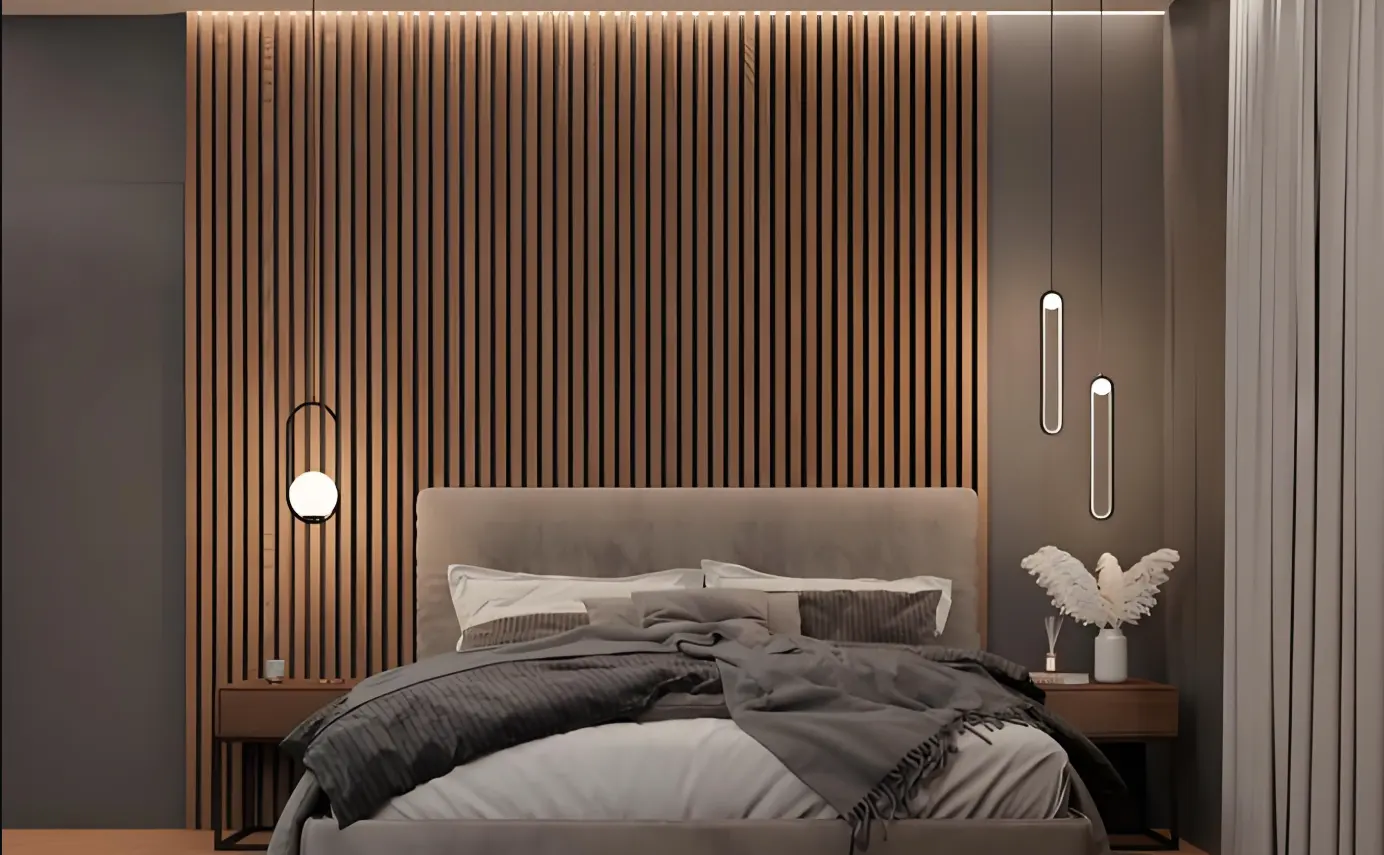
3. Top Benefits of Wall Panels: Why They Outperform Traditional Walls
✅ 1. Ultra-Fast Installation
Wall panels cut construction time by 50-70% compared to tiles or plaster. No drying or curing is needed—just click-and-lock assembly.
✅ 2. Eco-Friendly & Non-Toxic
Unlike paint (which releases VOCs), wall panels are formaldehyde-free and Greenguard-certified for indoor air safety.
✅ 3. Energy Efficiency
Many wall panels include thermal insulation, reducing heating/cooling costs by up to 30%.
✅ 4. Soundproofing Capabilities
Wall panels can reduce noise by 29dB, making them ideal for offices, hotels, and apartments.
✅ 5. Low Maintenance & Long Lifespan
- Waterproof & stain-resistant (wipe clean with a damp cloth)
- No fading or peeling (unlike wallpaper)
- Durable for 15+ years
4. Key Considerations Before Choosing Wall Panels
⚠ Higher Initial Cost (But Long-Term Savings)
Wall panels cost 20-30% more upfront than paint or wallpaper. However, they save money over time due to:
✔ Lower labor costs (faster installation)
✔ Minimal maintenance (no repainting or repairs)
⚠ Limited Customization (Standard Sizes & Designs)
While wall panels offer many styles, fully bespoke designs may require custom manufacturing.
⚠ Quality Varies by Brand
Always check for:
✔ Third-party certifications (Greenguard, ISO)
✔ Warranty coverage (10+ years preferred)
5. Best Applications for Wall Panels
| Space | Recommended Wall Panel Type |
|---|---|
| Residential | Bamboo-wood (living rooms), Stone-plastic (bathrooms) |
| Commercial | Aluminum alloy (offices, hotels) |
| Healthcare | Antimicrobial aluminum panels |
| Education | Soundproof bamboo-wood panels |
Conclusion: Are Wall Panels Worth It?
Absolutely! Wall panels provide unmatched durability, style, and sustainability. They’re perfect for:
🏠 Homeowners who want low-maintenance, beautiful walls
🏢 Businesses needing fireproof & soundproof solutions
🏥 Hospitals & Schools requiring hygienic, easy-to-clean surfaces
If you’re looking for a modern, efficient, and eco-friendly wall panel solution, wall panels are the best choice.
👉 Ready to upgrade your space? Contact a wall panel specialist today!

